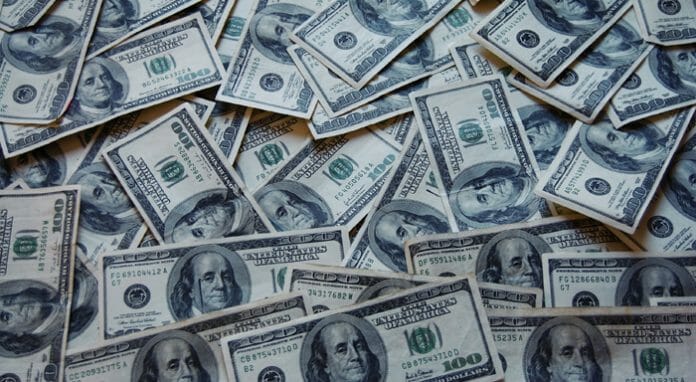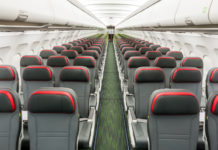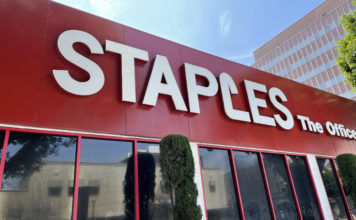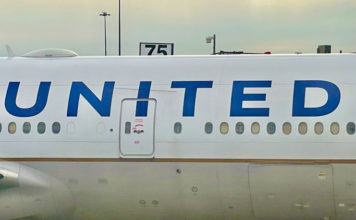
TravelingForMiles.com may receive commission from card issuers. Some or all of the card offers that appear on TravelingForMiles.com are from advertisers and may impact how and where card products appear on the site. TravelingForMiles.com does not include all card companies or all available card offers.
Some links to products and travel providers on this website will earn Traveling For Miles a commission which helps contribute to the running of the site – I’m very grateful to anyone who uses these links but their use is entirely optional. The compensation does not impact how and where products appear on this site and does not impact reviews that are published.
There have been a lot of changes put through the AAdvantage program over the past 18 months and American Airlines has attempted to position a lot of these changes as changes made to reward their most loyal (high-paying) flyers.
Leaving aside the fact that a lot of the changes are definitely not rewarding their highest-paying customers (they’re bad for everyone), I’m not sure that’s an entirely sensible policy to adopt.
Note: I’m going to use American Airlines as an example here but this is equally relevant to the likes of Delta and United.

Here are two things to bear in mind:
- Loyalty programs were introduced to make flyers make irrational decisions – i.e. to persuade travelers to give an airline money where, in the past, they wouldn’t have done so.
- The majority of customers that American Airlines classifies as high-revenue customers are not flying American out of choice – they’re flying American out of necessity because they’re hub-captives or because the corporation for which they work has a corporate agreement with American.
What’s the point of spening money on a loyalty program that incentivises flyers that would fly with you anyway?
I’ve heard arguments that travelers like me offer American considerably less revenue than the high-spenders (that goes without saying) and therefore we shouldn’t be rewarded as well as those travelers.
But people making those arguments are missing three points.
- The AAdvantage program isn’t meant to reward anyone. It’s meant to incentivize travel and spend with American Airlines.
- Revenue is secondary to incremental profit. Incentivizing someone to spend money with you when they would have spent that money anyway is a waste of resources. That money is far better spent bringing in new money…money that may otherwise have gone elsewhere.
- Just because someone spends a lot of money with an airline doesn’t automatically make them a hugely profitable customer at an incremental level.

American has spent tens of millions of dollars on IT infrastructure that tells it what the chances are that any given seat will be sold so, when I pick up a super-cheap fare, it’s because American doesn’t believe that that seat will otherwise get sold.
Put simply, if I didn’t give American my cash the airline’s algorithm says that there’s a high chance that seat will go out empty.
When the choice is between me purchasing a fare and the seat going out empty my fare becomes almost pure profit to American.
Now compare that to someone purchasing a last minute super-expensive fare.
The reason the fare is super-expensive is because the airline’s algorithms predict that if person “A” doesn’t purchase the fare then there’s a line of other people who almost certainly will – the person buying that fare isn’t giving American Airlines any revenue or profit that someone else wasn’t going to give the airline anyway….so why would you spend money to incentivize that person?
Given those two specific scenarios the person the airline needs to incentivize is the cheapskate buying the super-cheap fare 🙂
 American will lose a lot of business when it inevitably stops cheapskates like me from upgrading from seats like these to comfortable Business Class seats.
American will lose a lot of business when it inevitably stops cheapskates like me from upgrading from seats like these to comfortable Business Class seats.
Final Thoughts
I completely understand why someone paying tens of thousands of dollars a year believes why he/she should be rewarded by the airlines more than someone like me – from that individual’s point of view it makes a lot of sense. Unfortunately that’s not the point of a loyalty program.
Just because someone spends a lot of money with an airline doesn’t make them (personally) any more valuable to the airline than a cheapskate like me – they could be guaranteed income for American Airlines because of their circumstances….travelers like me are not.
There’s absolutely nothing wrong with an airline doing good things for customers who spend a lot of cash flying that airline around the world (and airlines should make sure that these flyers are well taken care of) but, when that’s done at the expense of passengers who are more likely to be in a position to take their business elsewhere, that’s not so clever.
Therein lies the major problem with a loyalty program that rewards purely on spend – it can reward those who don’t need rewarding (they have nowhere else to go) and alienate those who have a real choice of where to direct their spend.
Lastly, here’s something I don’t understand:
American Airlines spent a lot of money to introduce Basic Economy fares in order to win the business of travelers whose spend is discretionary (i.e could easily go to another airline)….so why has American changed AAdvantage in such a way that it penalises a whole set of its existing customers whose spend is also discretionary?
The airline appears to be spending money to bring in one set of discretionary spend while, at the same time, pushing a whole lot of other discretionary spend away. Why?








![The ideal 4 card American Express Membership Rewards team [Updated] a glass door with a picture of a man](https://travelingformiles.com/wp-content/uploads/2021/06/Amex-Centurion-Lounge-SFO-featured-741-356x220.jpg)








